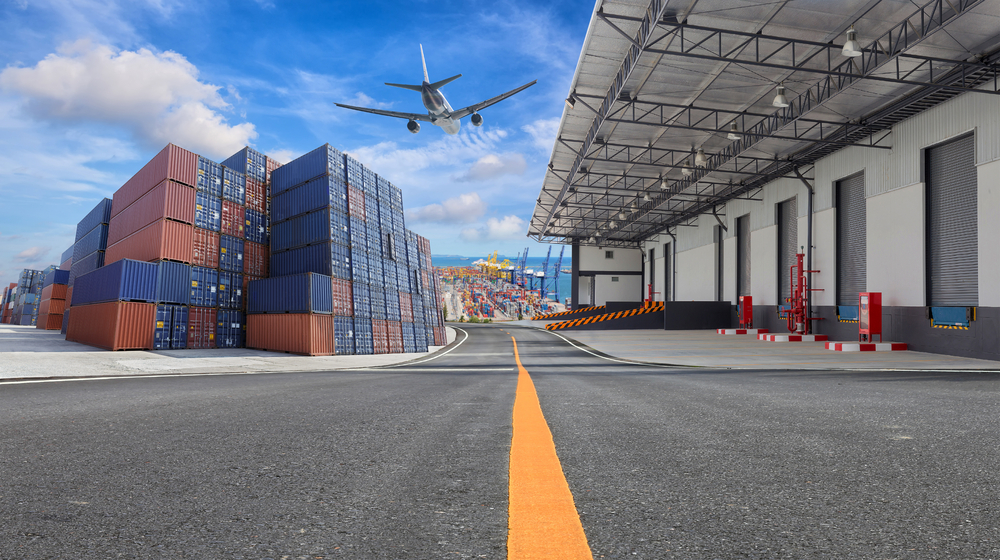
Tools for Improving Supply Chain Management in the Plastics Industry
Plastics manufacturers and consumers alike see an increasing need to manage the supply chain. But companies can find relief by turning to tools for improving supply chain management in the plastics industry.
Plastics companies need to manage the supply chain. Companies can find relief by improving supply chain management in the plastics industry.
In recent years, the supply chain industry heaved a collective sigh as issues piled up one after another. First, the pandemic left plastic products and those from other industries sitting in ports for months on end. The lack of workers also slowed plastic production down to a crawl.
When things were looking promising once more, a unique weather event halted plastic production on the U.S. Gulf Coast. The Suez Canal traffic jams came not long after.
As a result, plastics manufacturers and consumers alike see an increasing need to manage the supply chain.
Strategies Supplement the Tools for Improving Supply Chain Management in the Plastics Industry
Some of the tools for improving supply chain management in the plastics industry are technological tools to streamline operations. Others are technical strategies, not tools. We will look at both categories of tools.
Diversifying the Supply Base
One of the most important strategies for supply chain management is to diversify the supply base. Specifically, this should be geographical diversification. This type of diversification can reduce exposure to physical risk.
After all, many of the recent events affecting the supply chain were geographically focused. Examples include the Suez Canal traffic jams and the Gulf Coast storms.
Creating a Buffer Capacity
When possible, increasing the inventory is a common tactic to overcome supply chain issues. Delays in materials are much less important if you do not need them yet.
However, creating this buffer capacity or increasing inventory would require investment. Plastics companies would have to build more storage and conversion facilities. The increased cost could go to the consumers, but that would just worsen concerns about inflation.
Encouraging Circular Supply Chains
Traditional supply chains still have a place in the plastics industry, but savvy companies are supplementing them with circular supply chains. This specifically refers to recycling plastic to reuse it.
The process of recycling plastics is well-established. Just look at PET bottles as an example. However, there is still more work to be done. The current mass-used technologies don’t meet the higher purity standards for some types of plastics and products. We also need to work on improving sorting, addressing contamination, and increasing overall efficiency.
Technological Tools
In addition to those strategies, there are plenty of technological tools to improve the plastics supply chain. Savvy companies are looking into tools for:
- Shipping status
- Compliance
- Analytics and reporting
- Demand forecasting
- Transport logistics
- Supplier management
- Bid and spend
- Warehouse management
- Lean inventory
- Order processing
- And more
Conclusion
The pandemic and other factors have created supply chain concerns in the plastics industry. With the right tools and strategies, plastics companies can work to overcome these.
How can we help you?
Are you hiring a manager for a plastic producer or distributor looking for top sales talent in the industry? Submit a search request today.
Are you a top producing salesperson considering a new role in the plastics industry? Contact us to discuss your career path or browse our open positions.
